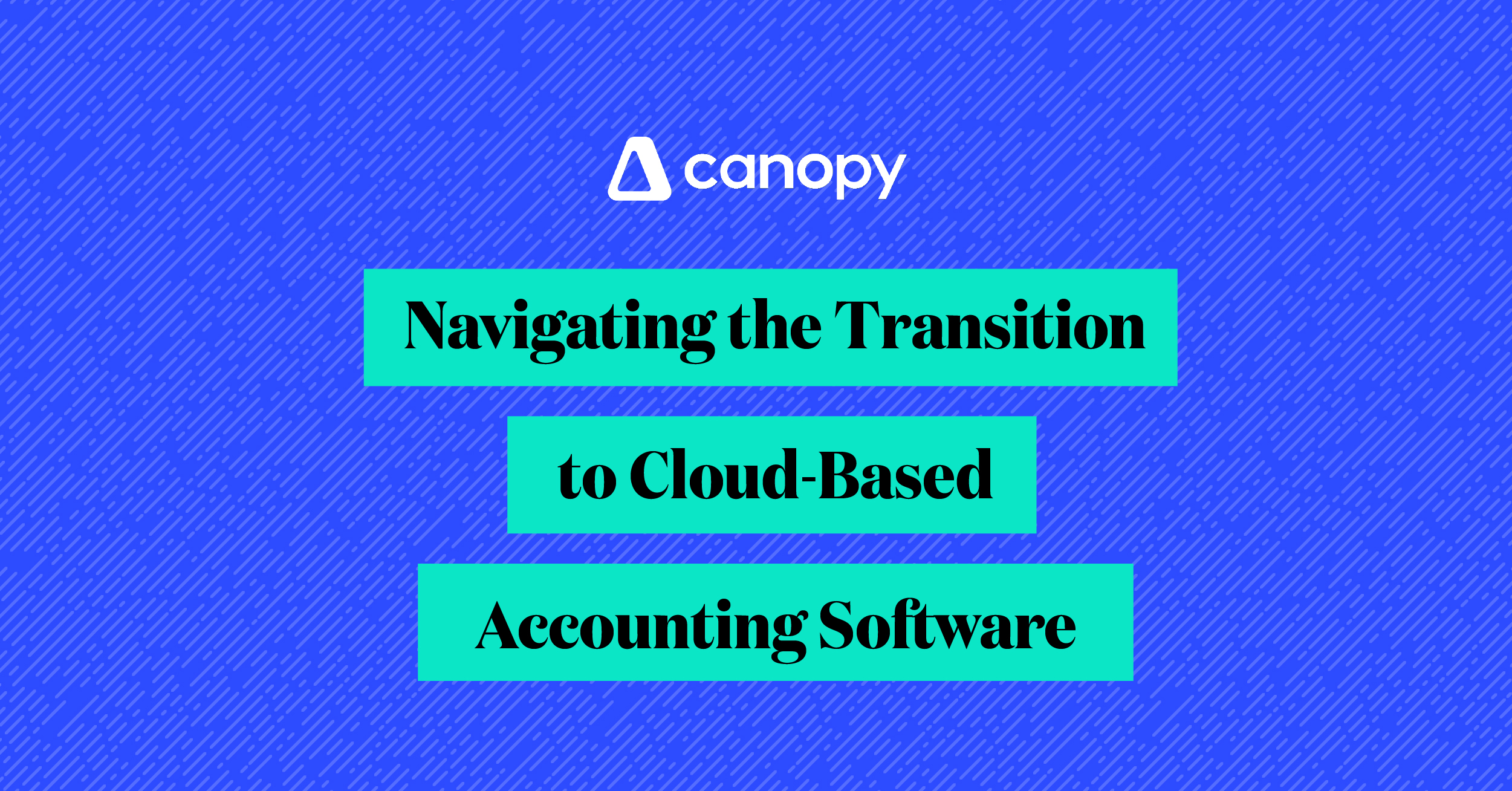Numerous experts have touted the cloud as the future of computing. The majority of businesses (61% as of 2022) rely on the cloud to run business processes. And while the cloud yields numerous benefits (i.e. cost optimization, increased flexibility and scalability, enhanced security, and simplified reporting), the accounting world is divided on making the switch.
Most professionals agree that cloud computing provides better mobility and easier collaboration with clients—yet many are reluctant to make the move. While reasons vary from firm to firm, many hesitate due to lack of best practices around migration. After all, the move doesn’t just affect employees, but customers as well.
Luckily, there are best practices firms can put into place to make the move to the cloud as seamless and painless as possible. Below are three steps to rapid cloud migration with minimal disruption.
-
Research Cloud Providers
Prior to making the move to the cloud, it’s crucial to ensure the solution hosting accounting firms meet their needs. A good way to test is with hands-on experience. The best cloud providers offer free trials, allowing firms to test their own accounting software with a free trial. This way, firms can enter their data and verify the solution can handle basic accounting functions properly.
Asking questions such as:
- What’s new?
- What’s different?
- Can the software perform the same basic functions?
- Does the platform make things easier?
These questions ensure firms are partnering with the right vendor which save a lot of frustration.
-
Migrate a Few Test Clients
After identifying a few potential vendors, firms should then identify a few clients or processes to test on the platform. However, there are a few criteria firms should keep in mind before testing, including:
- Industries: Choose businesses involved with professional services, creative agencies, or online companies.
- Business profile: Look for businesses with less than 10 employees or who have only been in operation for a few years.
- Tech usage: Businesses who rely on Microsoft 365, Dropbox, Google Apps, and other cloud solutions are a good starting point.
It’s important to avoid clients who rely on multiple software platforms or who have substantial inventory, as this can make the migration process more difficult.
Once firms have identified a few ideal clients, they should move forward with the migration process. However, firms should ensure clients have additional support ready to help in case unforeseen difficulties arise.
-
Make the Move and Evaluate
After migrating a few choice clients to the cloud, firms need to evaluate what worked and what didn’t. Firms should also ask clients what their experience was during the migration process. Ask questions like what customers like and don’t like about the software, if they feel more engaged with the firm, or if they feel more empowered to take control of their finances. This can help accounting firms make necessary improvements during the migration process, making it a smoother transition for future customers.
Additionally, firms need to keep their role in the migration process in mind. Asking those involved in the migration process questions such as:
- How well did the team handle migration tasks?
- Was communication effective?
- How frequently did the team communicate with clients?
- How were clients trained on the new solution?
The answers to these questions can help firms create a faster, smoother migration process and avoid common migration headaches.
Getting Started with Cloud Migration
Accounting firms who move to the cloud can significantly increase their efficiency. By providing basic accounting services more easily–and cheaply–staff can spend more time advising clients, consulting with new customers, and furthering business development.
Cloud solutions like Canopy reduce the time spent on time-consuming tasks like bookkeeping, tax preparation, and client onboarding. The best part: the migration process is fast, simple, and easy.
Start your free trial today to see how you can enjoy all the benefits of the cloud while avoiding common migration headaches.

Chris is a content manager for Canopy, joining the team with a combined eight years of experience as a copywriter, editor-in-chief, and content marketer. He's a skilled wordsmith and strategic thinker who shapes brand identity through compelling content and fosters a collaborative and innovative environment. With a passion for storytelling and a dedication to excellence, he is a driving force behind any company's success in content marketing. Champion of the Oxford comma.
READ MORE BY Chris






Get Our Latest Updates and News by Subscribing.
Join our email list for offers, and industry leading articles and content.